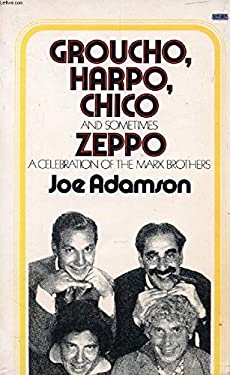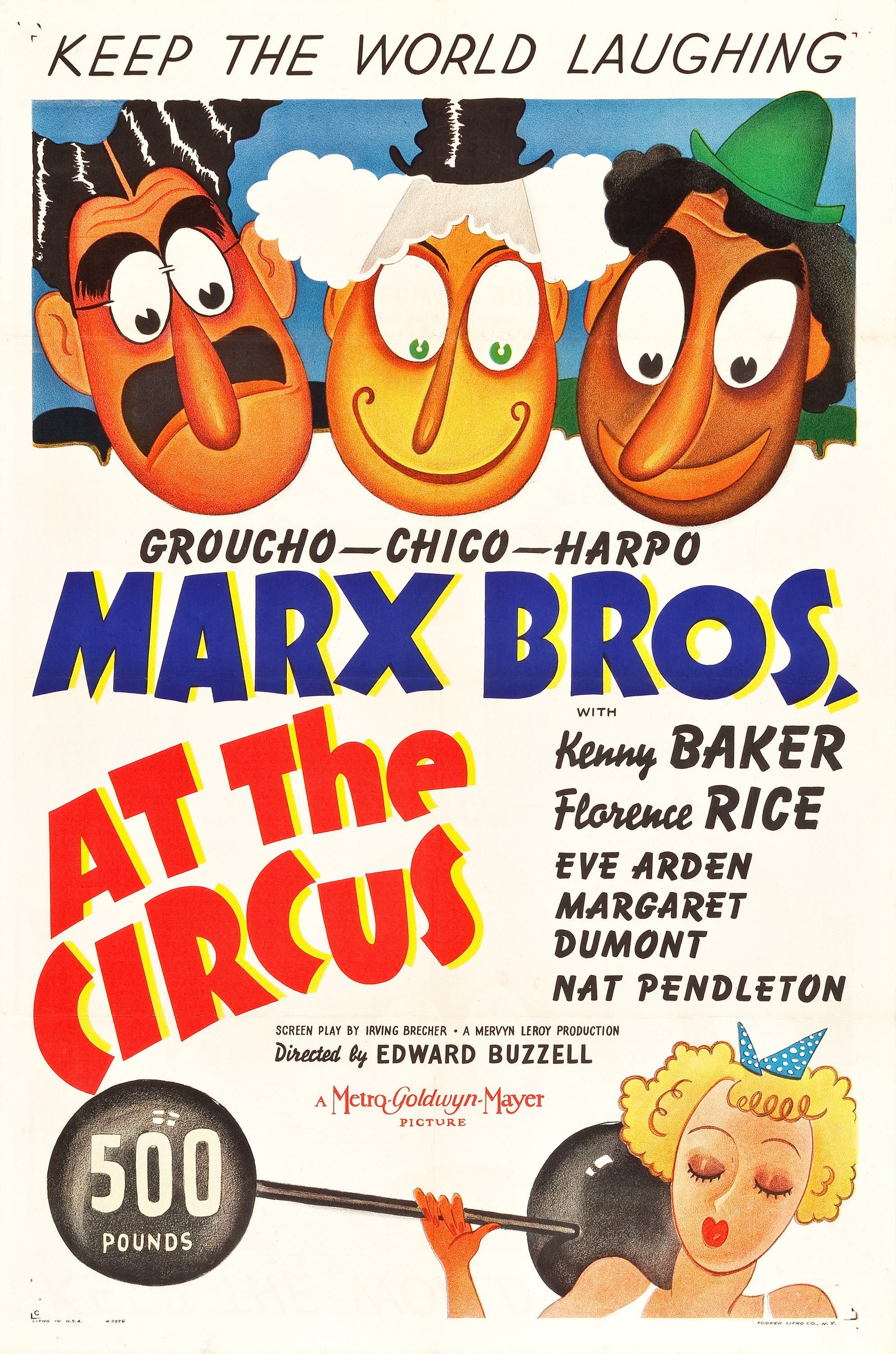I spent two weeks in Charleston, South Carolina, this past summer. That’s not exactly a fun time of year to visit that city. Every morning, we left our hotel needing to walk one measly mile to the library where my wife was doing some research. And every morning, as soon as we left the cool lobby of the hotel behind, I sniffed the outdoor air and thought, “Oh, the humidity isn’t that bad.” Twenty minutes later I was drenched, and desperately needed to wash up and dry off in the library’s air-conditioned bathroom before I could be trusted not to perspire onto the precious documents the archivists were fetching us.
Early in our visit, we noticed the entrance to a cool-looking cemetery just across the street. The Unitarian Church burying ground was accessed through a narrow archway that fronted King Street, Charleston’s high-end shopping drag.
The cemetery was down the lane somewhere, but a torrential storm broke overhead, and we fled the scene, determined to return. We didn’t, because there was always something else to do, because the heat was always miserable, and because the last thing you want to do after a day of research is ruin your eyes reading old gravestones.
The head librarian happened to mention that the cemetery was popular with the city’s haunted walking tour folks. Upon hearing this, my first thought was, “Oh, great.” In my cynical view, when a person with a fondness for history wants to enter a profession where actual facts don’t matter, they become a ghost tour operator.
But curiosity got the better of me. One afternoon near the end of our trip, I couldn’t resist poking around online to see what was special about this particular 244-year-old burying ground. Things I learned at the feet of Professor Google:
- The woman who inspired Edgar Allan Poe’s poem “Annabel Lee” was buried in this cemetery. Yes! It was the absolute truth! A beautiful and wealthy Southern belle named Anna (see what I did there?) had fallen in love with a soldier early in the 19th century. Her family didn’t approve of the match. The two lovers took to meeting in this very cemetery to smooch and canoodle. And of course she died. Of yellow fever. Or maybe tuberculosis. And her highborn family buried her in this charnel earth. Bereft, the soldier pined away for the rest of his days. Poe heard the tale and turned it into a poem.
- No! said another website. Anna’s lover was not just any soldier but Edgar Freaking Allan Poe himself! Yes! Eddie had fallen in love with her when he was stationed briefly in nearby Fort Sullivan in 1827. And when his love died, Poe memorialized their love—replete with supulchres and wingèd seraphs of heaven—in the now immortal poem.
- To mess with Poe’s head, Anna’s father dug six graves but buried her in one of them, so Poe would never know which one enclosed his love.
 |
Pick a grave, Edgar, any grave... |
- Anna’s powerful father had Poe reassigned so he’d leave South Carolina forever.
- On certain nights, when the light, moon, humidity, and depth of the pockets of visiting tourists are just right, the ghost of Annabel Lee wanders the cemetery dressed in—what else?—a white dress.
Nearly everything I read online was nonsense, and has been carefully debunked by others. Just as an example: the woman everyone claims was Poe’s lover, Anna Ravenel, isn’t buried in this graveyard or anywhere else, because she didn’t exist. Also, would a lovesick Poe have waited 20 years after he doffed his military uniform to write a tribute to a real woman? (“Annabel Lee,” his last poem, was published in 1849, the same year he died.) And though plenty of people like to imagine Poe wandering the streets of Charleston, one wonders if he would have had the time, cash, and ability to travel from Sullivan’s Island to downtown Charleston to canoodle. (It’s an 11-mile trip by car today, 4.5 miles by boat and foot across Charleston Harbor.) But myth is everything when you’re dealing with Poe. His legend exudes ’em the way fresh tombs ooze ichor.
Myth aside, the cemetery warranted a visit, if only to grab some moody photos. The Unitarian congregation was famously known for its program of benign neglect. Whatever sprung from the earth was allowed to flourish—naturally, wildly, gloriously. A plaque at the entrance says that in 1831 the Unitarian Church chose to designate this ground a “garden cemetery” filled with “pass along” plants—that is, plants that aren’t cultivated commercially and thus only available from one’s friends, neighbors, and family.
Late in our Charleston stay, I found myself alone on the humid morning march to the stacks. My wife had given me very precise instructions about which documents I was to consult that morning, while she headed to another facility. I was to check in with her by noon.
That’s the morning I chose to dash down the cemetery lane and grab only a few of the shots you see here. A shin-tall sign warned visitors not to take rubbings. You shalt not rub!
I would have lingered. But my shirt was now pasted to my chest and back. And guilt was rising in my mind. If I didn’t get to the library soon, I’d blow our last day in these archives. But no worries—I’d return at quitting time.
Day’s end, I was striding up the footpath. What did I see? Turns out, it was the precise day that the church ladies’ garden club had arrived to spruce up the cemetery. A half dozen women in floppy straw hats were planting atmospherically appropriate ferns on the walkway. Others were trimming errant vines. When I reached the cemetery proper, I was astonished to see that someone had already blazed through, weed-whacking everything in sight. The air smelled of gasoline and aerosolized vegetation.
I shot more images with the sinking realization that the ones I’d shot that very morning were so much better than what now lay before me. One day I’ll return, and hopefully wild nature will be back, ensnaring and coaxing the dead back into the earth.


































